25 results in Studies on International Courts and Tribunals
Judging under Constraint
- The Politics of Deference by International Courts
- Coming soon
-
- Expected online publication date:
- July 2025
- Print publication:
- 31 July 2025
-
- Book
- Export citation

The Right to Punish
- Political Authority and International Criminal Justice
-
- Published online:
- 16 May 2024
- Print publication:
- 23 May 2024

International Courts versus Non-Compliance Mechanisms
- Comparative Advantages in Strengthening Treaty Implementation
-
- Published online:
- 15 February 2024
- Print publication:
- 22 February 2024
-
- Book
-
- You have access
- Open access
- Export citation

Between Forbearance and Audacity
- The European Court of Human Rights and the Norm against Torture
-
- Published online:
- 02 November 2023
- Print publication:
- 16 November 2023
-
- Book
-
- You have access
- Open access
- Export citation
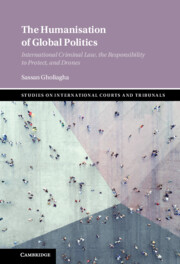
The Humanisation of Global Politics
- International Criminal Law, the Responsibility to Protect, and Drones
-
- Published online:
- 25 August 2022
- Print publication:
- 01 September 2022

Researching the European Court of Justice
- Methodological Shifts and Law's Embeddedness
-
- Published online:
- 05 May 2022
- Print publication:
- 26 May 2022
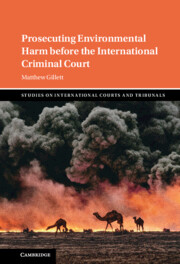
Prosecuting Environmental Harm before the International Criminal Court
-
- Published online:
- 05 May 2022
- Print publication:
- 19 May 2022

Beyond Fragmentation
- Cross-Fertilization, Cooperation and Competition among International Courts and Tribunals
-
- Published online:
- 28 April 2022
- Print publication:
- 12 May 2022
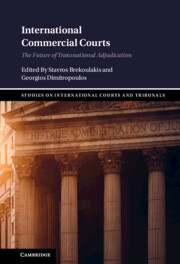
International Commercial Courts
- The Future of Transnational Adjudication
-
- Published online:
- 14 April 2022
- Print publication:
- 21 April 2022
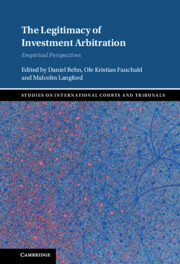
The Legitimacy of Investment Arbitration
- Empirical Perspectives
-
- Published online:
- 06 January 2022
- Print publication:
- 13 January 2022

International Procedure in Interstate Litigation and Arbitration
- A Comparative Approach
-
- Published online:
- 18 November 2021
- Print publication:
- 25 November 2021
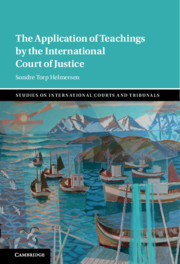
The Application of Teachings by the International Court of Justice
-
- Published online:
- 04 March 2021
- Print publication:
- 04 March 2021

Adjudicating Trade and Investment Disputes
- Convergence or Divergence?
-
- Published online:
- 25 June 2020
- Print publication:
- 02 July 2020

Public Reason and Courts
-
- Published online:
- 22 May 2020
- Print publication:
- 04 June 2020

International Judicial Review
- When Should International Courts Intervene?
-
- Published online:
- 14 February 2020
- Print publication:
- 05 March 2020
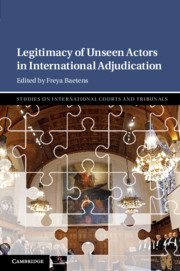
Legitimacy of Unseen Actors in International Adjudication
-
- Published online:
- 19 August 2019
- Print publication:
- 22 August 2019

Human Rights Norms in ‘Other' International Courts
-
- Published online:
- 22 July 2019
- Print publication:
- 25 July 2019

International Judicial Practice on the Environment
- Questions of Legitimacy
-
- Published online:
- 15 April 2019
- Print publication:
- 18 April 2019
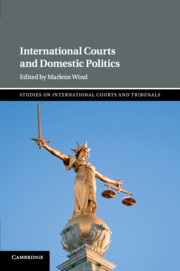
International Courts and Domestic Politics
-
- Published online:
- 23 June 2018
- Print publication:
- 12 July 2018

The Performance of International Courts and Tribunals
-
- Published online:
- 29 March 2018
- Print publication:
- 05 April 2018

